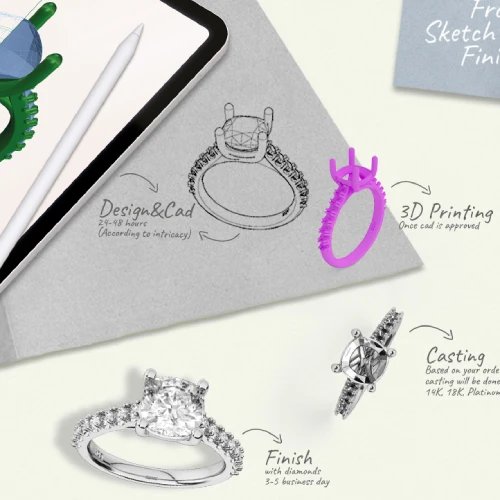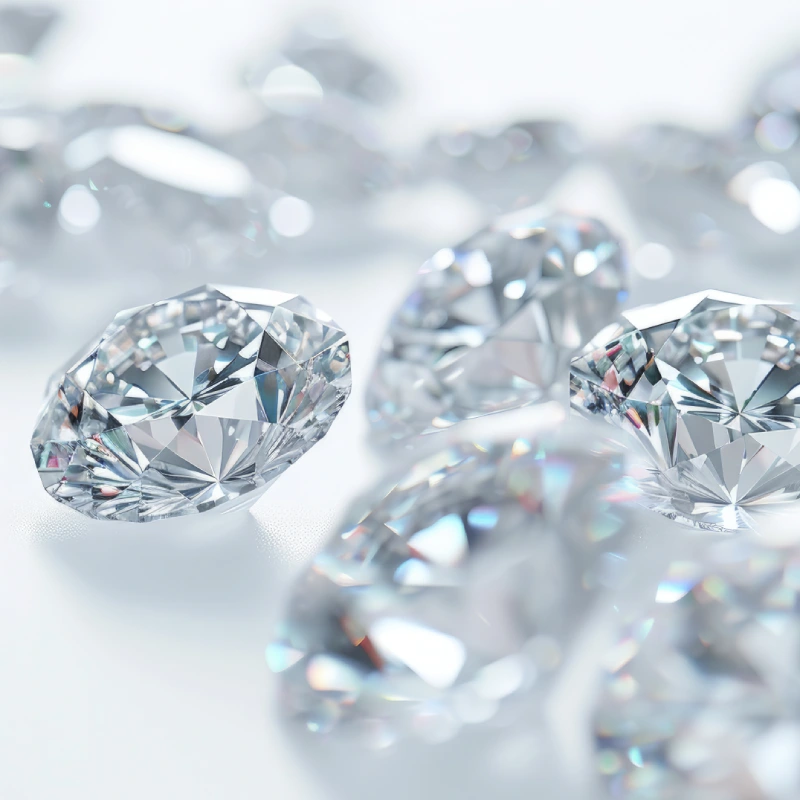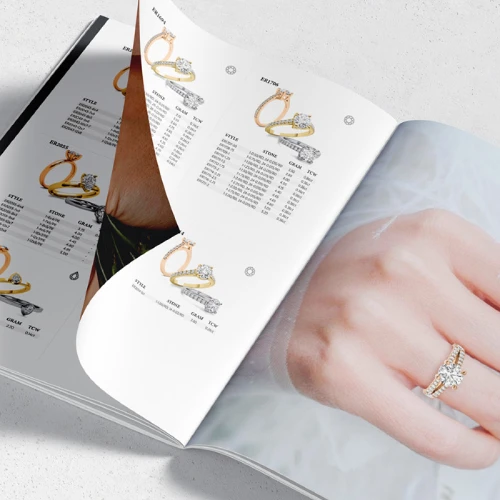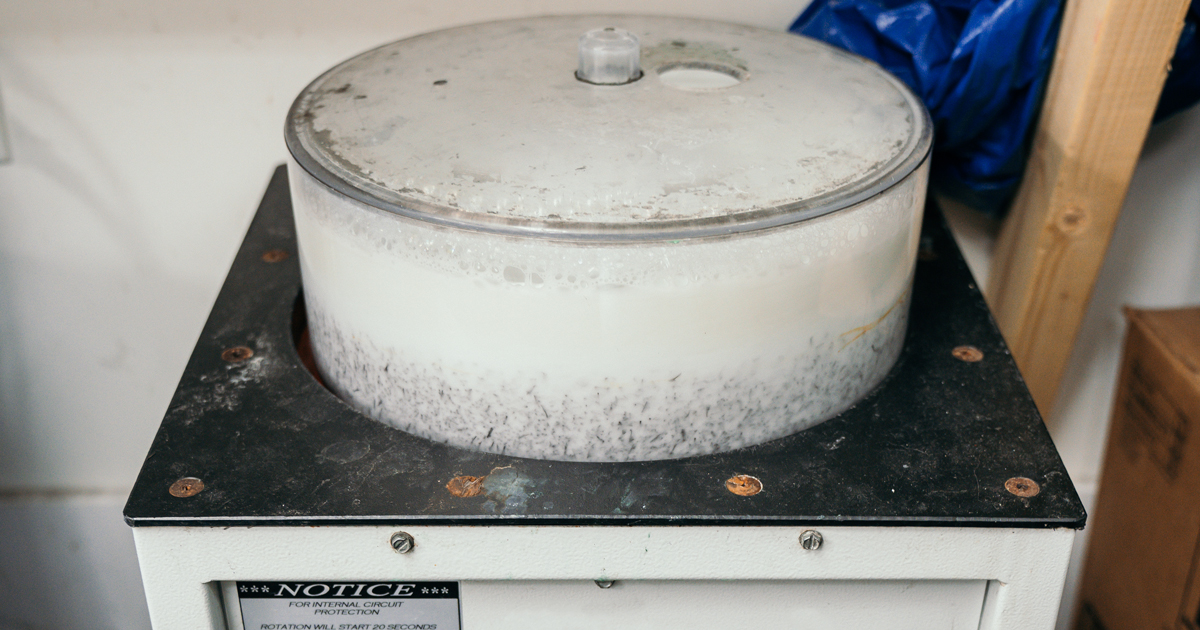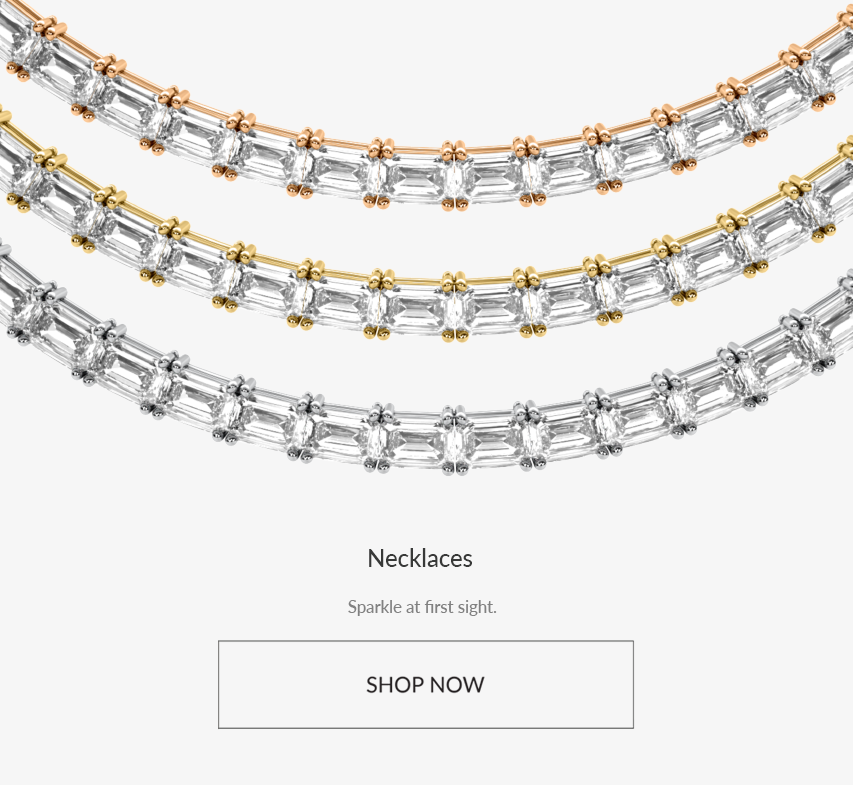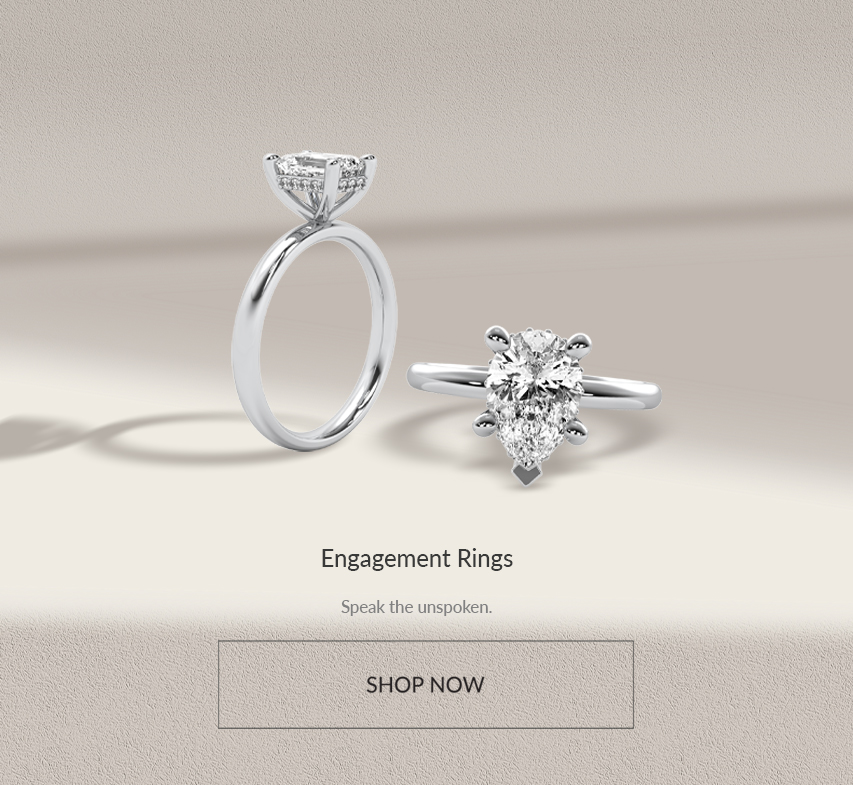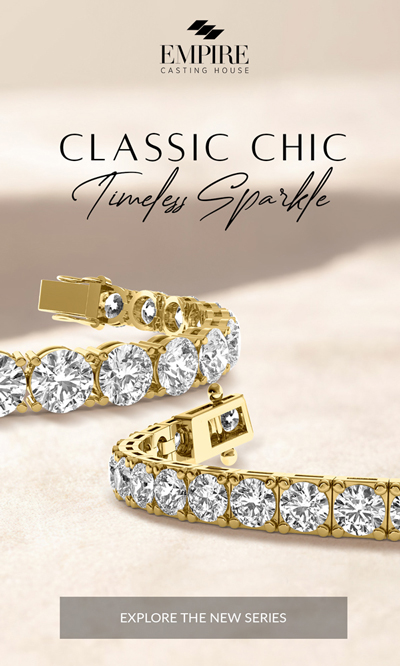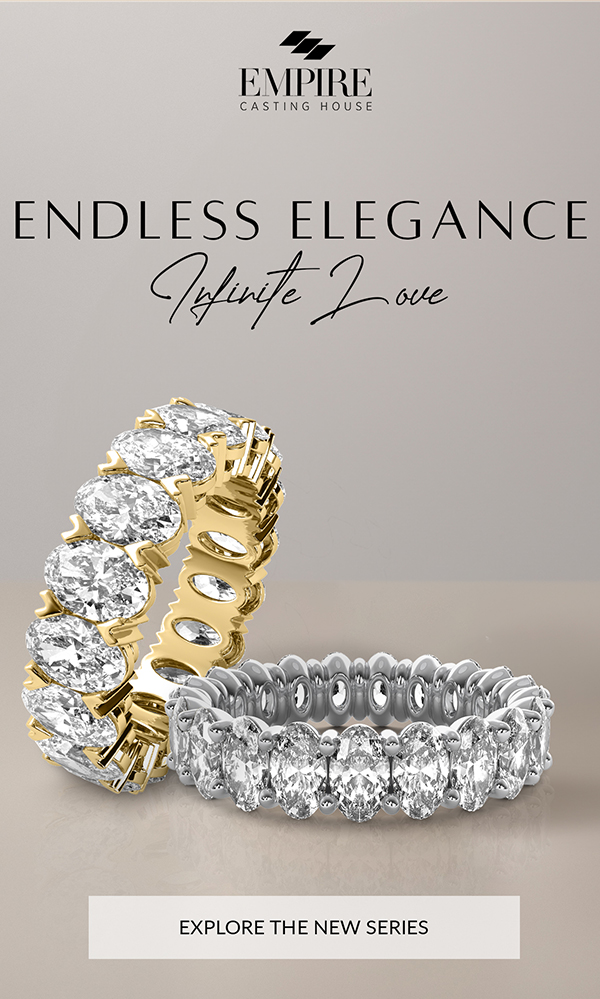What is Tumbling?
Tumbling is a finishing technique in the manufacture of jewelry that smooths, polishes, and deburrs metal surfaces. This is done by placing the pieces of jewelry in a rotating drum filled with an abrasive media, such as ceramic or plastic beads. When the drum rotates, the abrasive media rubs against the jewelry to remove imperfections and give a uniform finish.
Benefits of Tumbling
Efficiency: Tumbling provides an excellent process that gives quick and effective finishing to large amounts of jewelry, thus saving time and labor costs.
Uniformity: Provides a uniform finish of various pieces from one production run through tumbling, which reduces man-polishing work and its quality variations.
Cost-effective: Tumbling may be cheaper compared with traditional hand polishing, as it may prove to be cost-effective on long production runs.
Versatility: It can be used for a range of metals, including gold, silver, and platinum, along with their alloys; hence, it is a versatile finishing technique.
Tumbling Process:
Preparation: This involves careful cleaning and checking of the jewelry pieces to eliminate any debris or contaminants that would interfere with the tumbling process.
Media Selection: The appropriate abrasive media will be selected based on the type of metal, desired finish, and amount of surface imperfections. Types of media to be used include ceramic beads for precision work, plastic beads for high gloss finish, and steel shot for general work.
Tumbling: The pieces of jewelry enter the tumbling barrel with the abrasive media. Then, it is rotated for specific periods, during which time the media gently polishes and smoothes the metal surfaces.
Finishing: Following tumbling, the pieces are then looked over, and subsequent finishing touches in the form of hand-polishing or engraving might be done to perfect it.
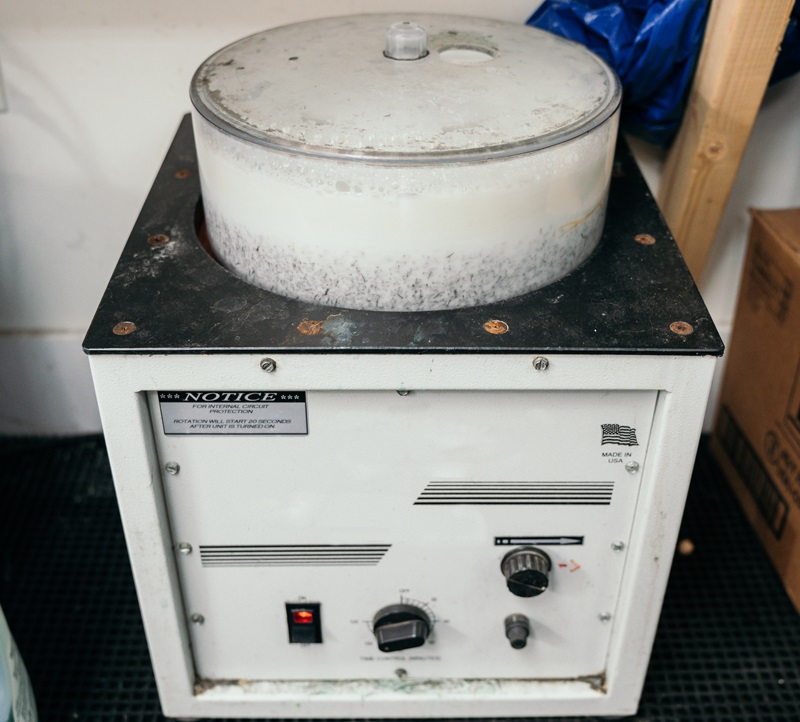
Factors Affecting Tumbling Results:
Abrasive Media: Type or size of the abrasive media will be greatly affecting the finish. For example, finer grit media provide a more smoothened finish, whereas coarser ones are used in more aggressive deburring.
Time in Tumbler: It is exactly the tumbling time that influences the eventual output, as far as smoothness and shine are concerned. The longer it has been subjected to tumbling, the shinier the finish, whereas a short time may be needed for removing rough edges.
arrel Speed: This is related to the speed of the ‘tumbling’ barrel in relation to the intensity of the finishing process. Faster speeds could produce an aggressive type of finish, while slower speeds could be applied with intricate and delicate pieces.
Jewelry Material: The hardness, among other properties, of the metal applied in the jewelry might require variant tumbling times or even different types of abrasive media.
Types of Tumbling
Dry Tumbling: The pieces of jewelry are allowed to tumble with dry media, which is abrasive in nature. This can be ideal for a wide variety of metals and finishes.
Wet Tumbling: Pieces of jewelry tumble along with a liquid solution carrying abrasive media. Wet tumbling could serve well for fragile or complex pieces because the liquid will offer protection to the metal surfaces.
Tumbling helps bring a fine quality, uniform finish in jewelry manufacturing. Benefits, techniques, and factors involved in tumbling can be understood to optimize the production process and help deliver exquisite jewelry to your clients.
Further understanding of tumbling will take into consideration the following additional information:
Tumbling barrels: A number of types of tumbling barrels are in use, such as rotary drums, vibratory tumblers, and centrifugal tumblers. Each has its advantages and applicability to certain jobs.
Media blends: Mixing several types of abrasive media often produces specific finishes and textures.
Temperature control: For some processes, heating of the tumbling barrel is useful for speeding up the finishing process and improving results.
Environmental Considerations: Tumbling can be relatively environmentally friendly in that most tumbling operations require little water and generate little waste.
Considering these other considerations you should be able to develop the best tumbling process for your needs to ensure a quality finished product.


